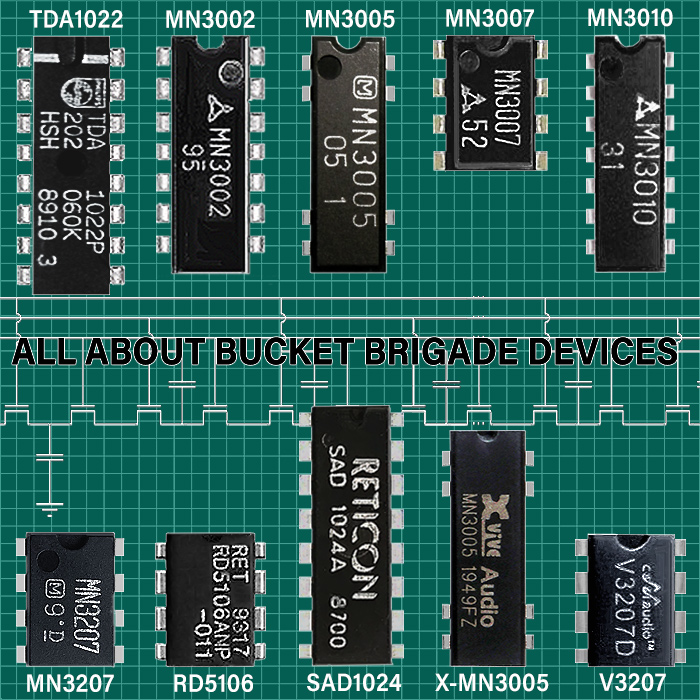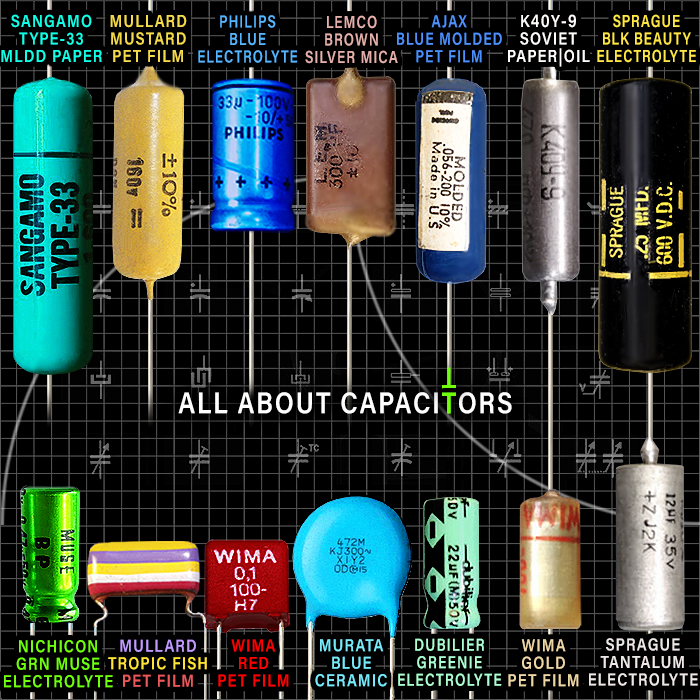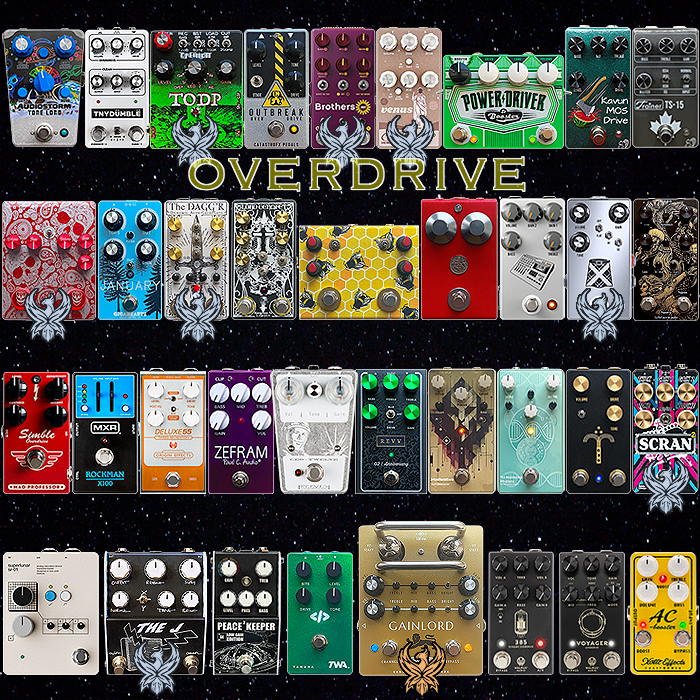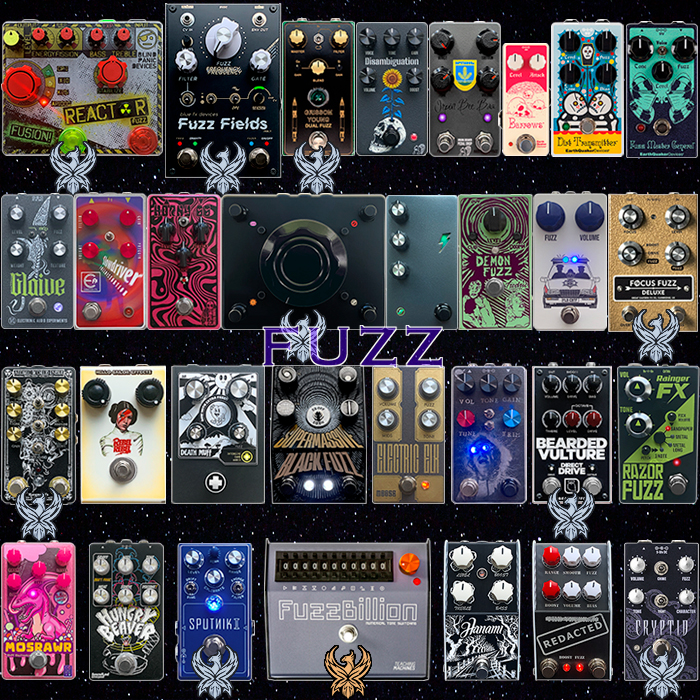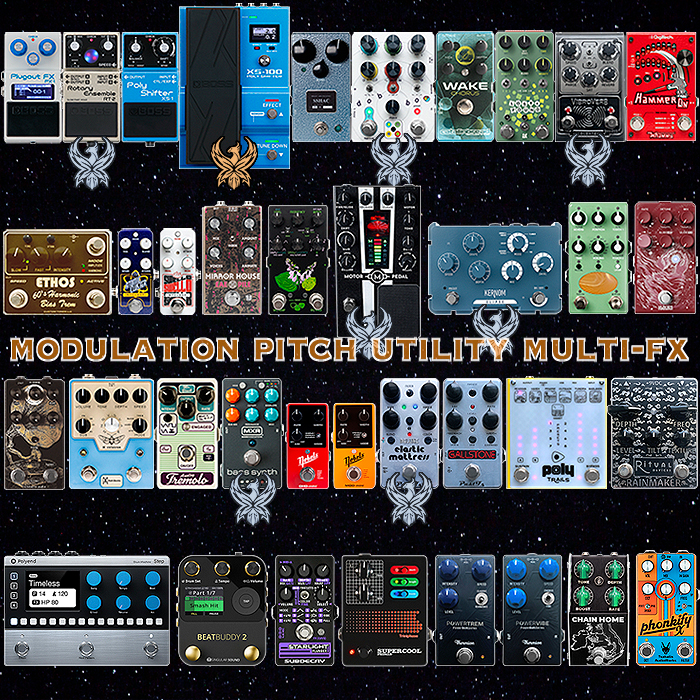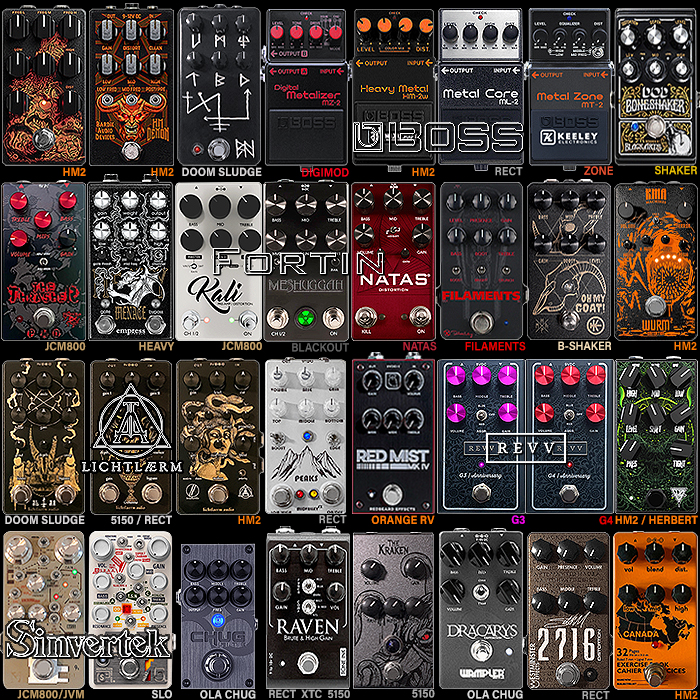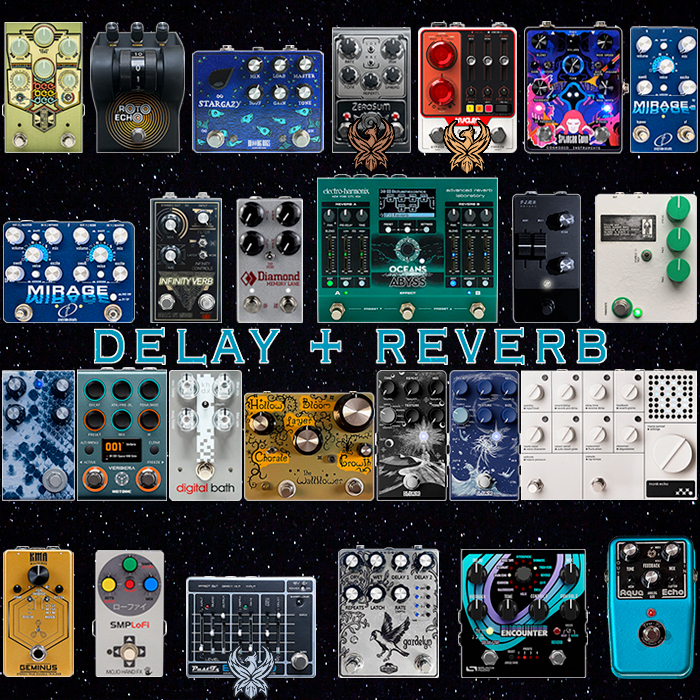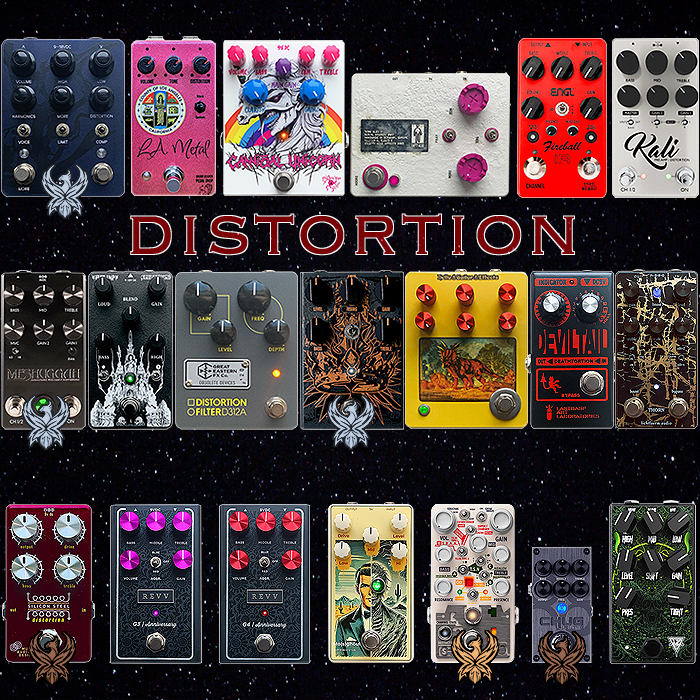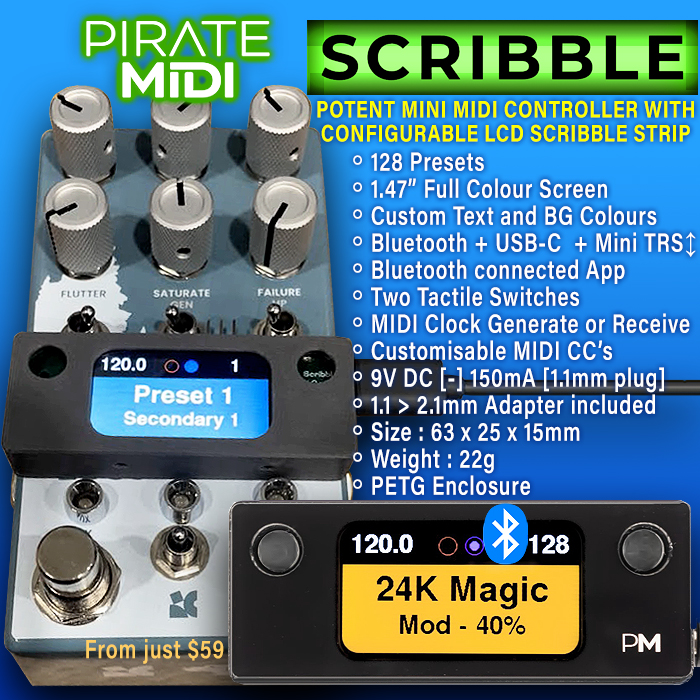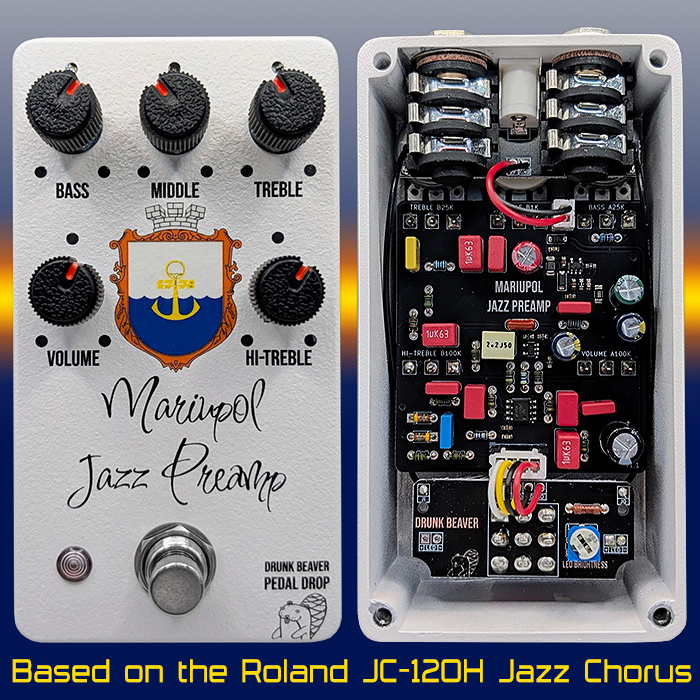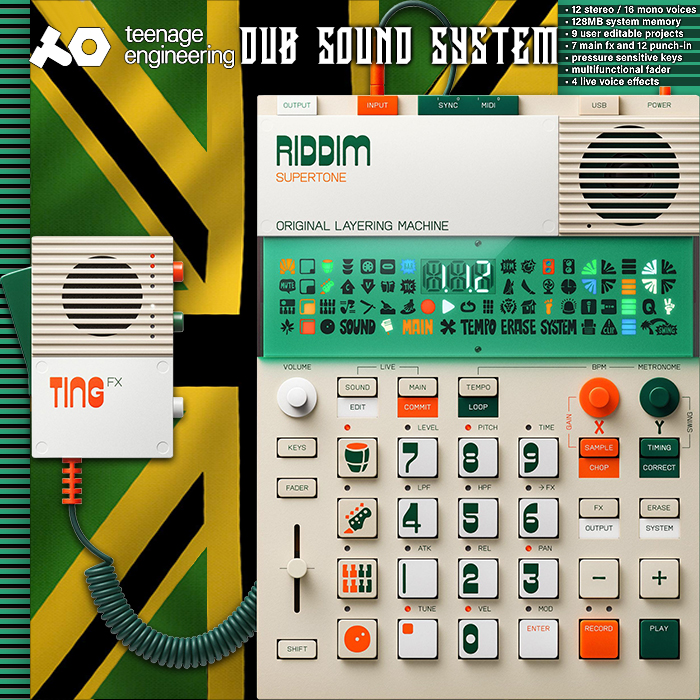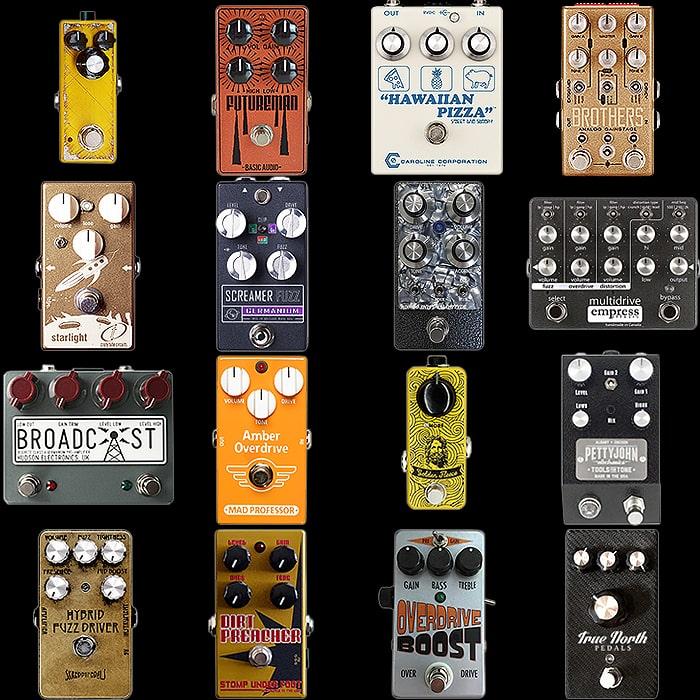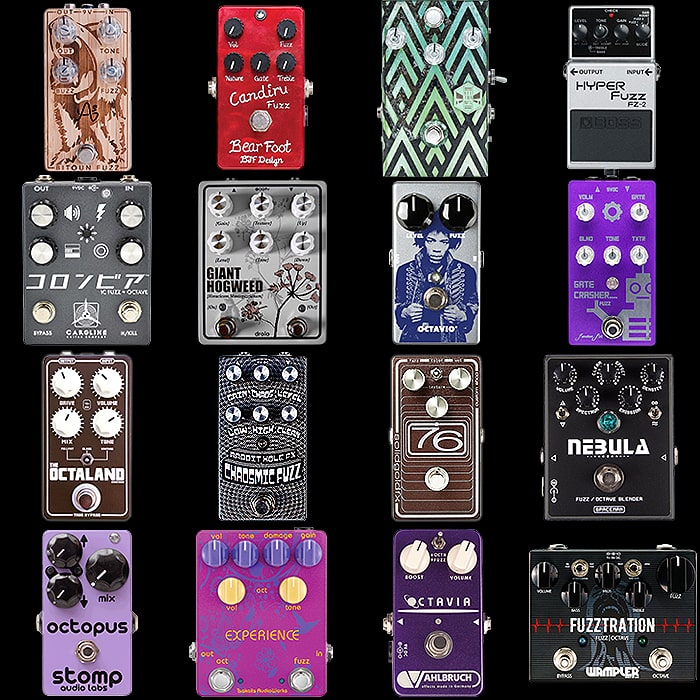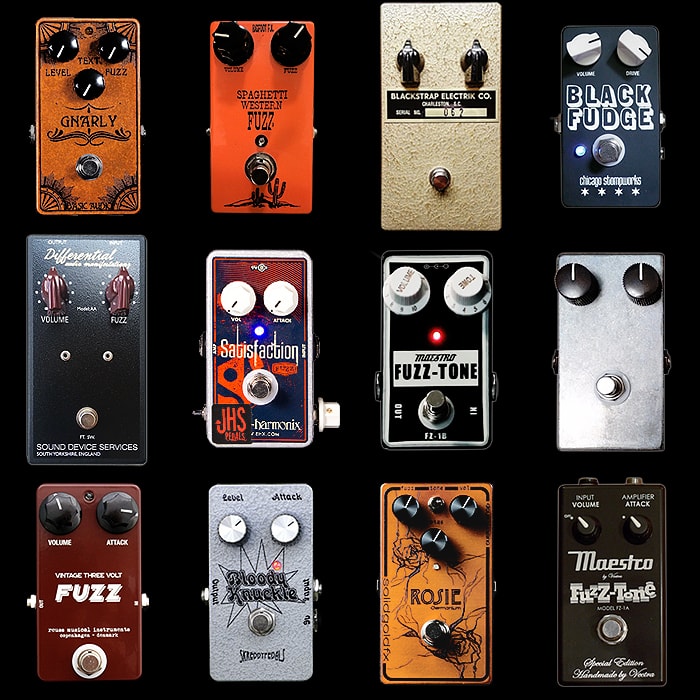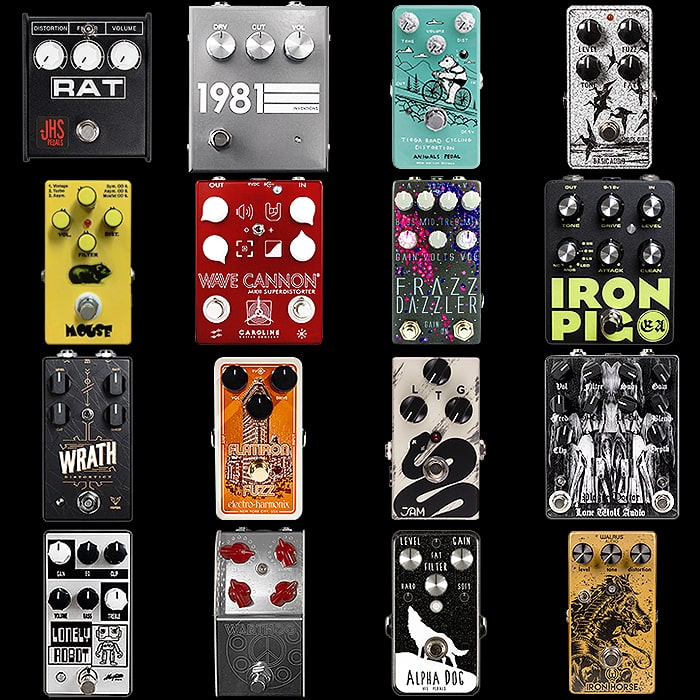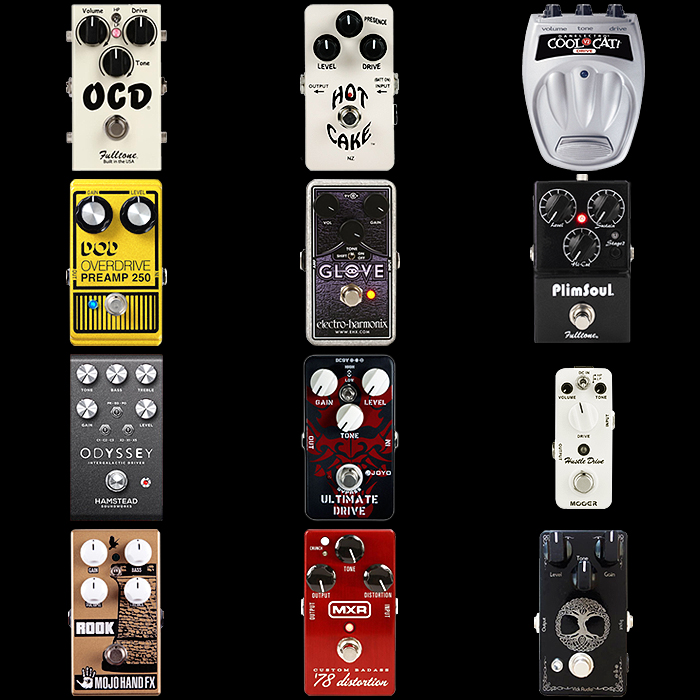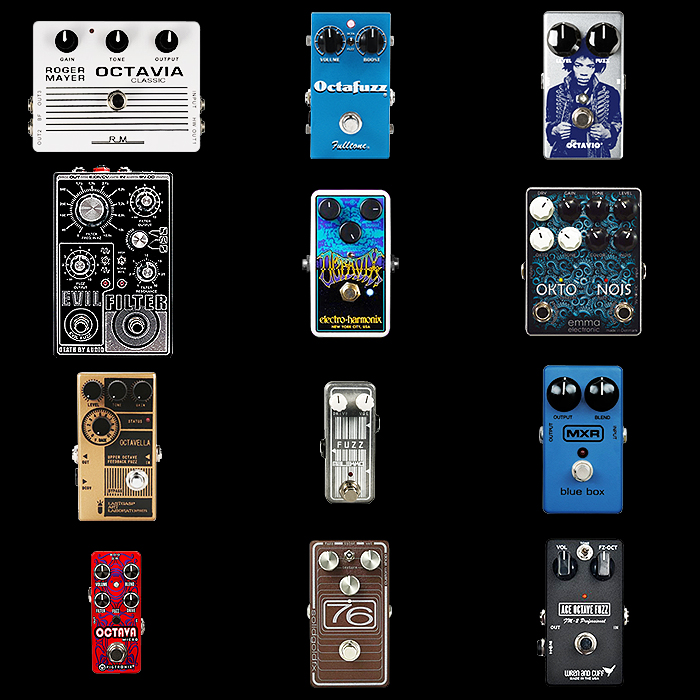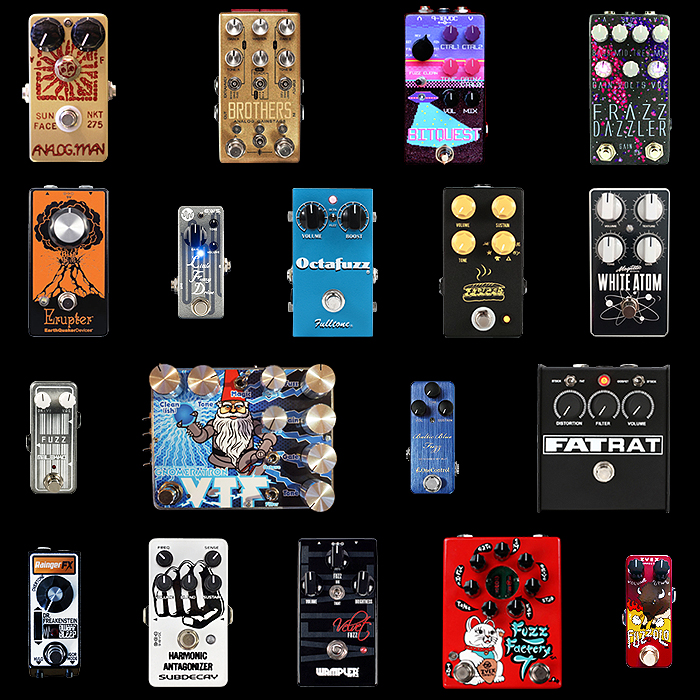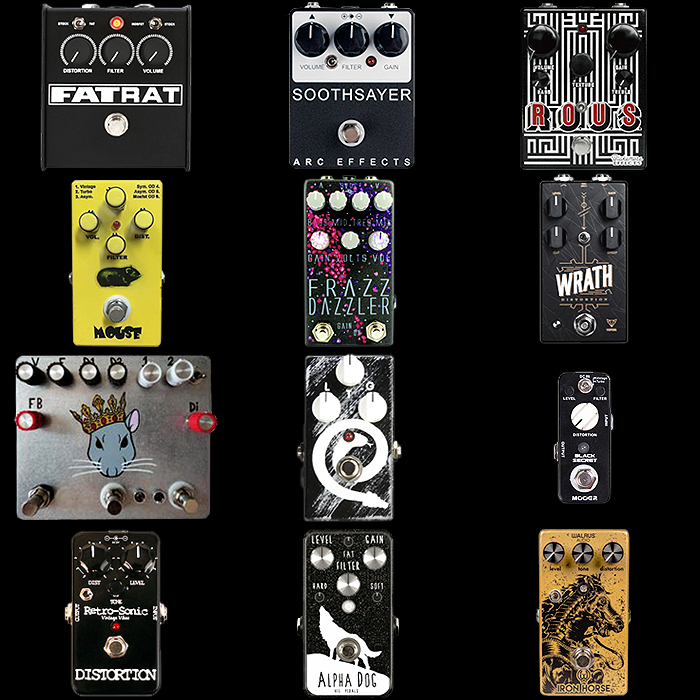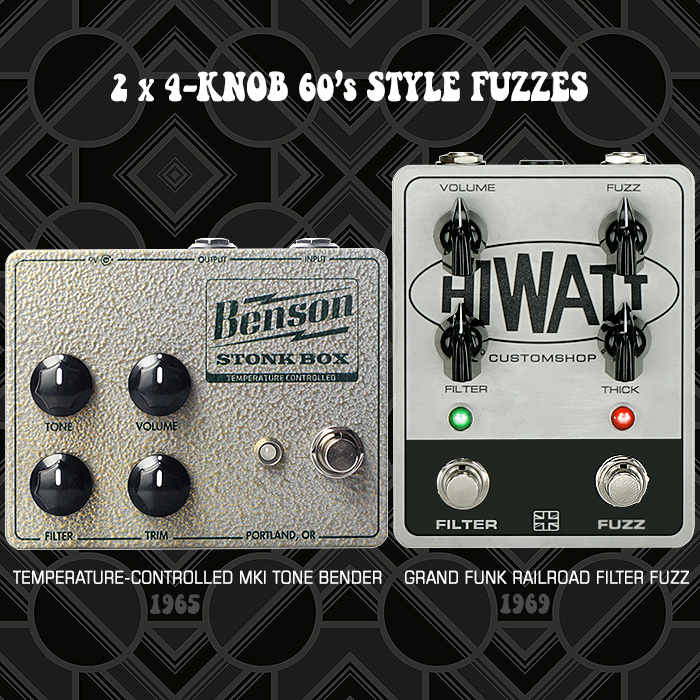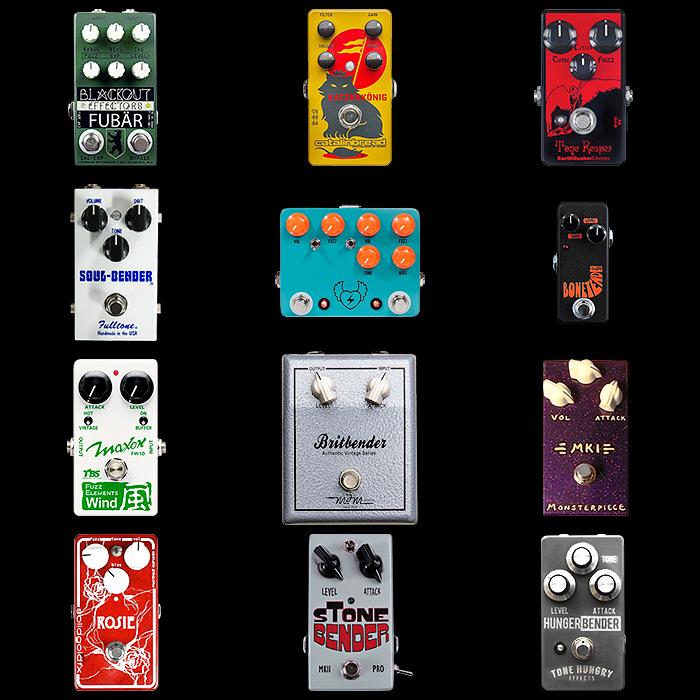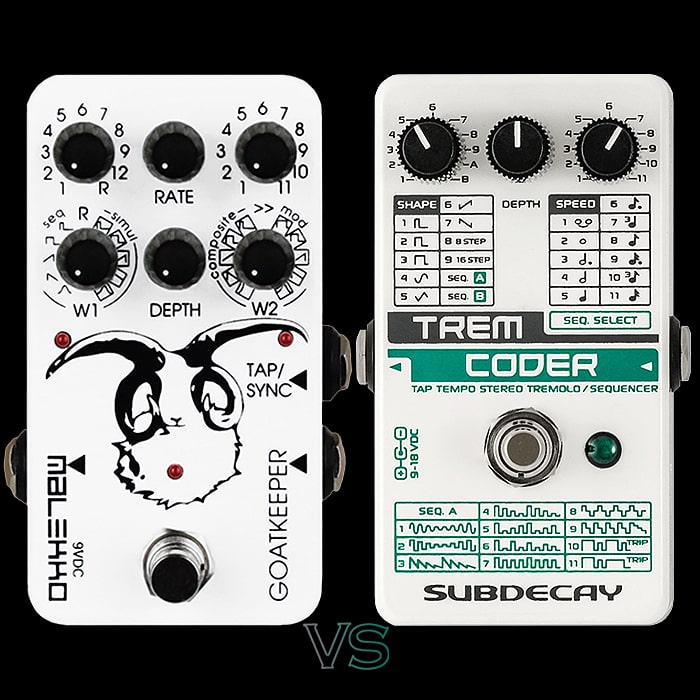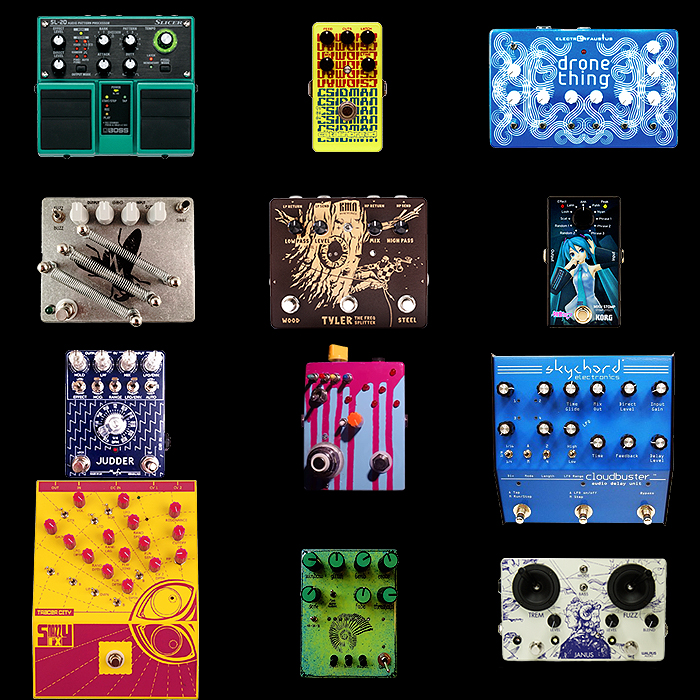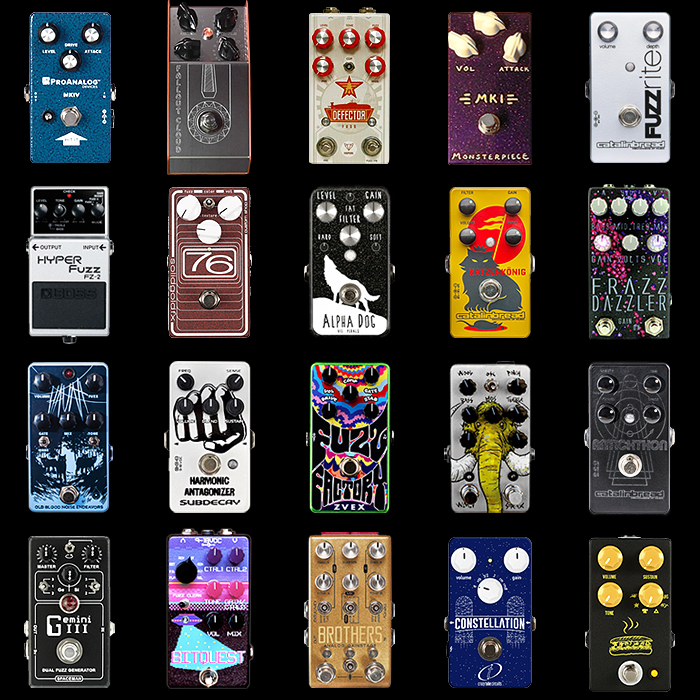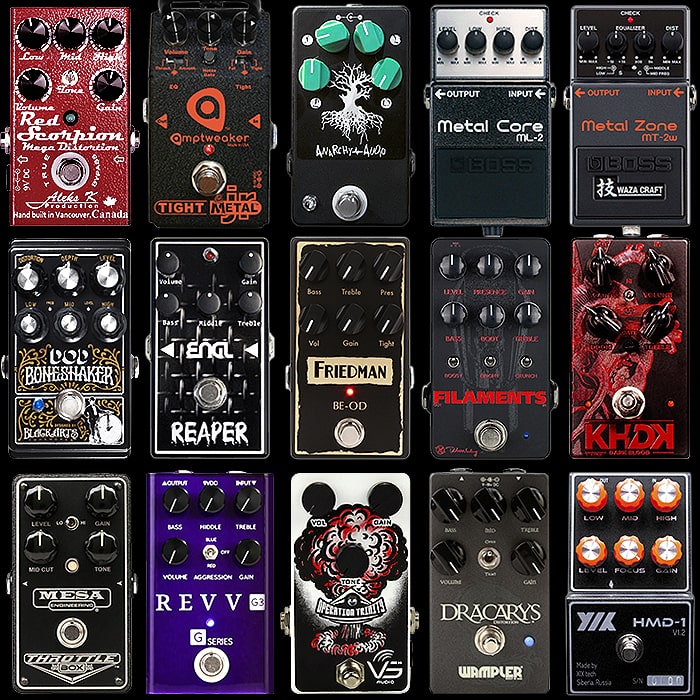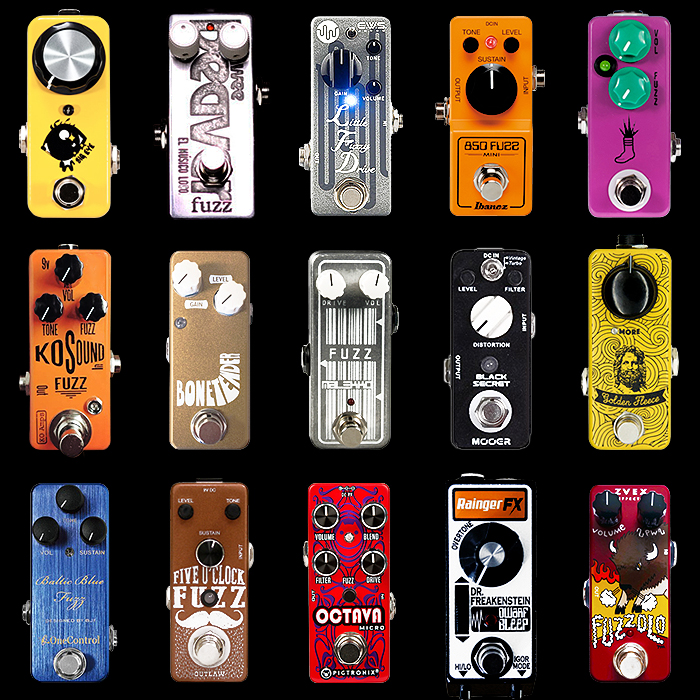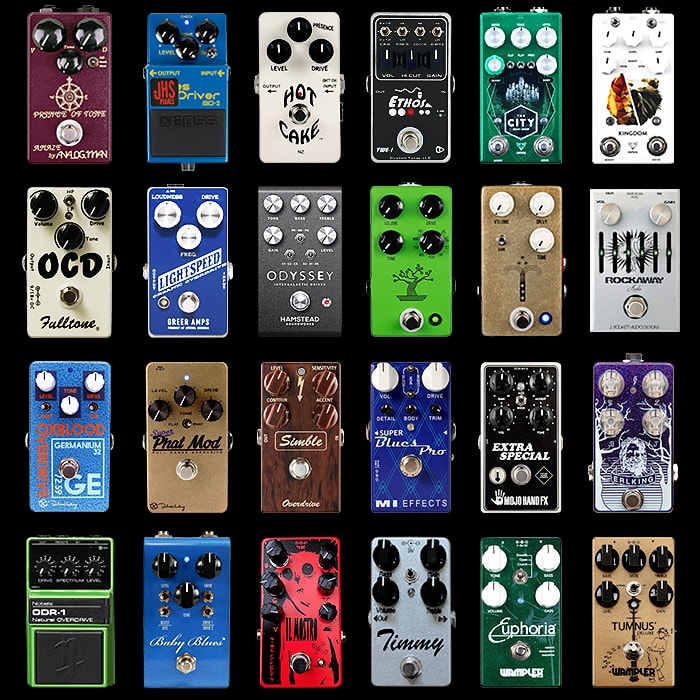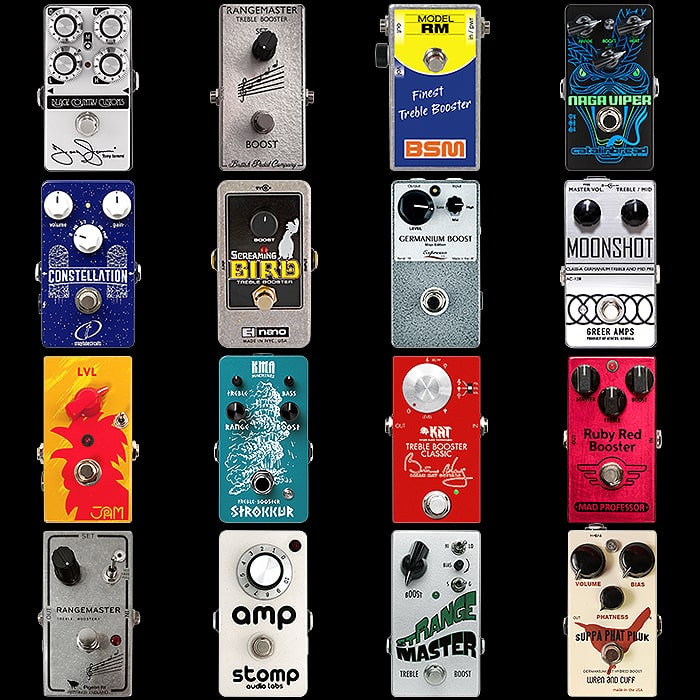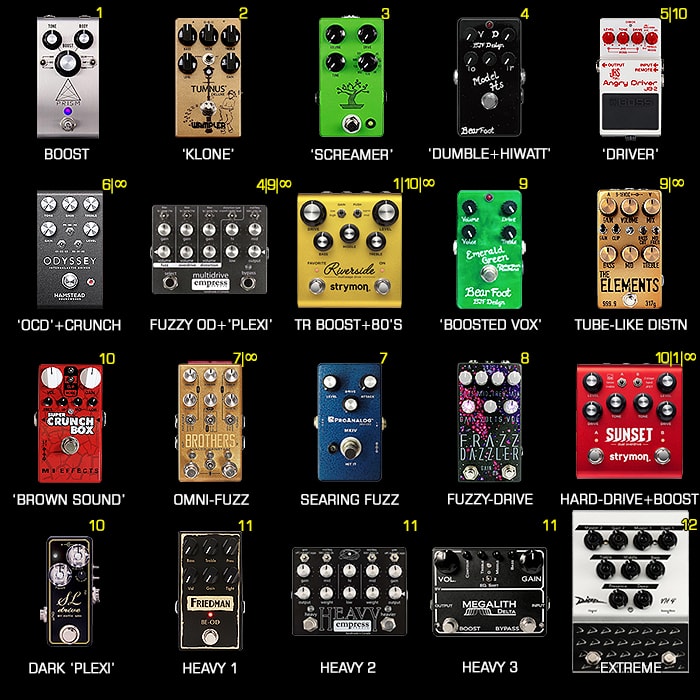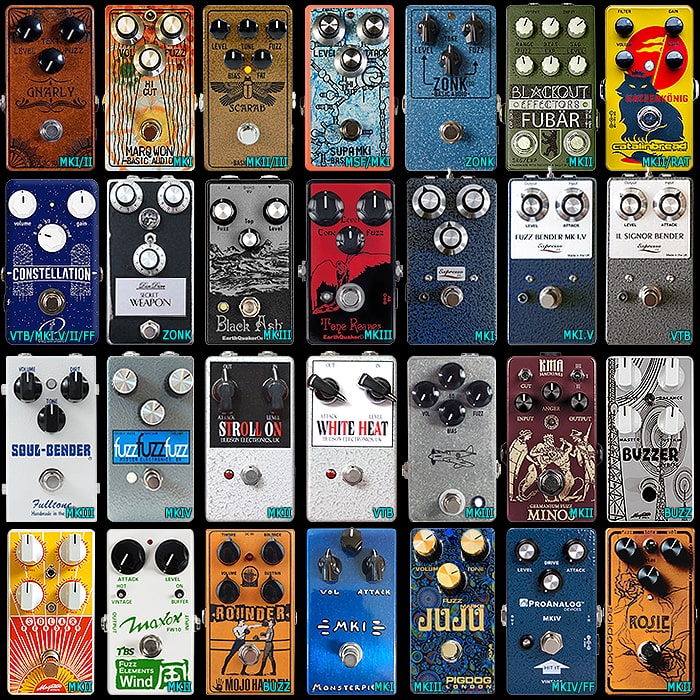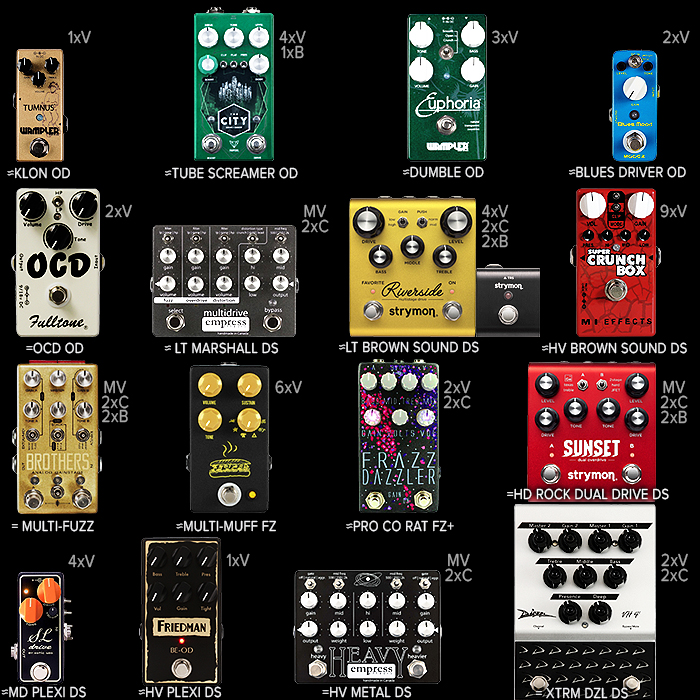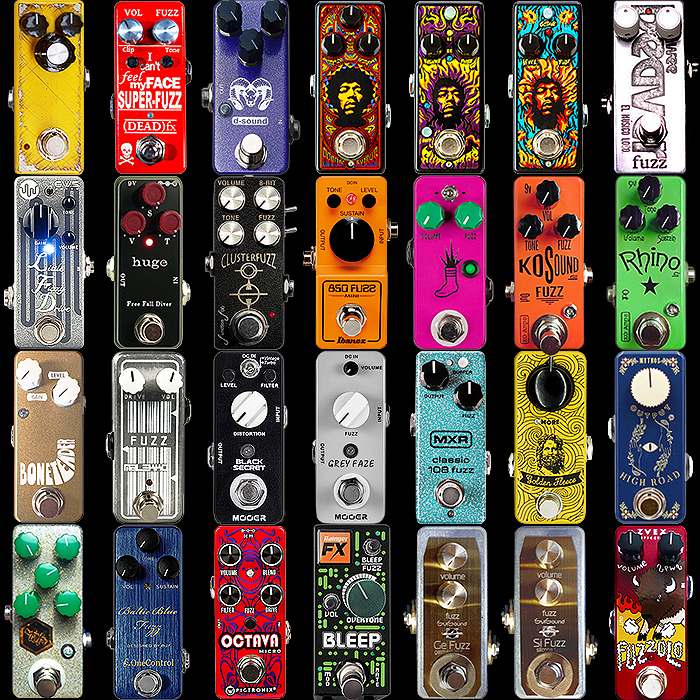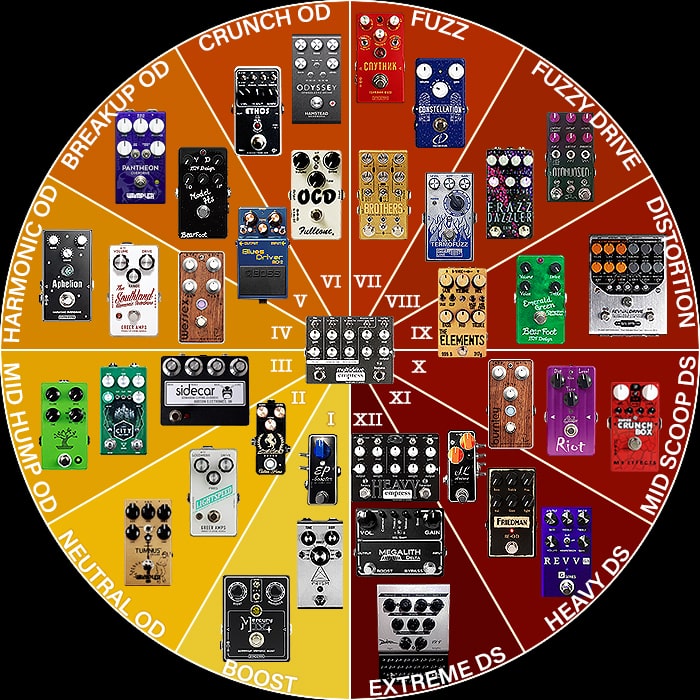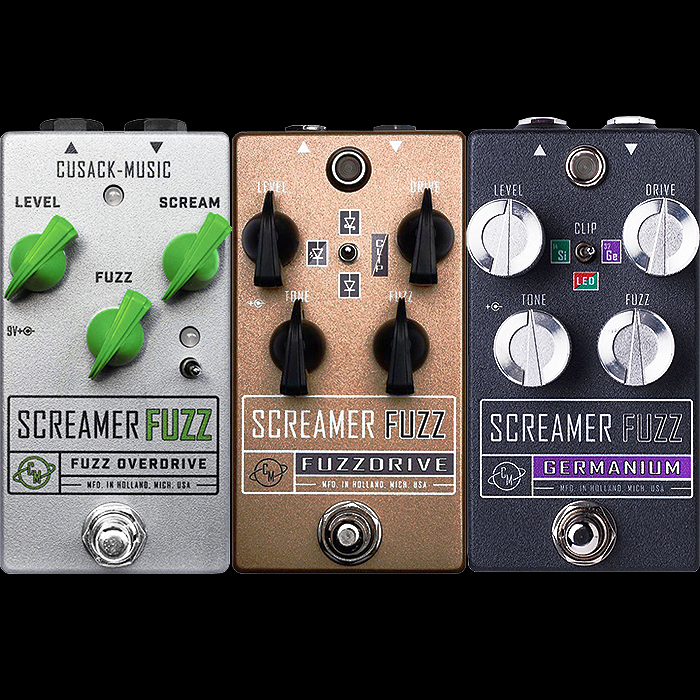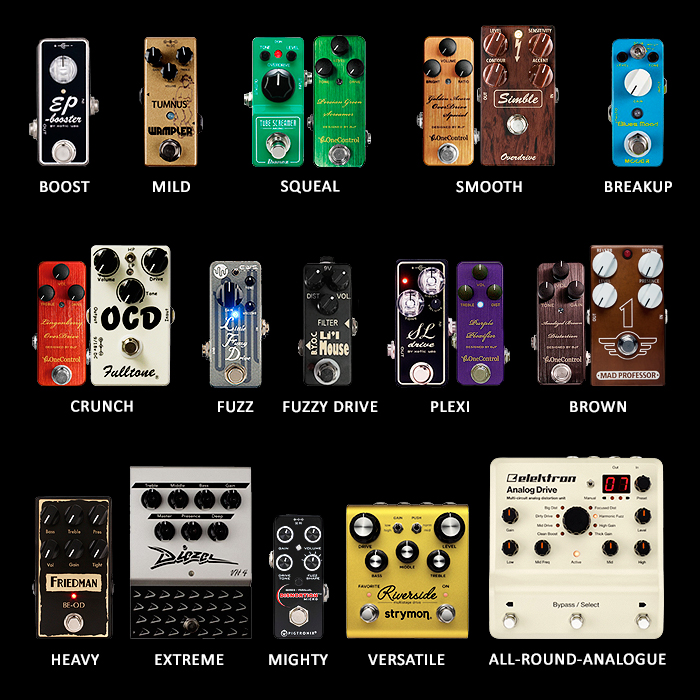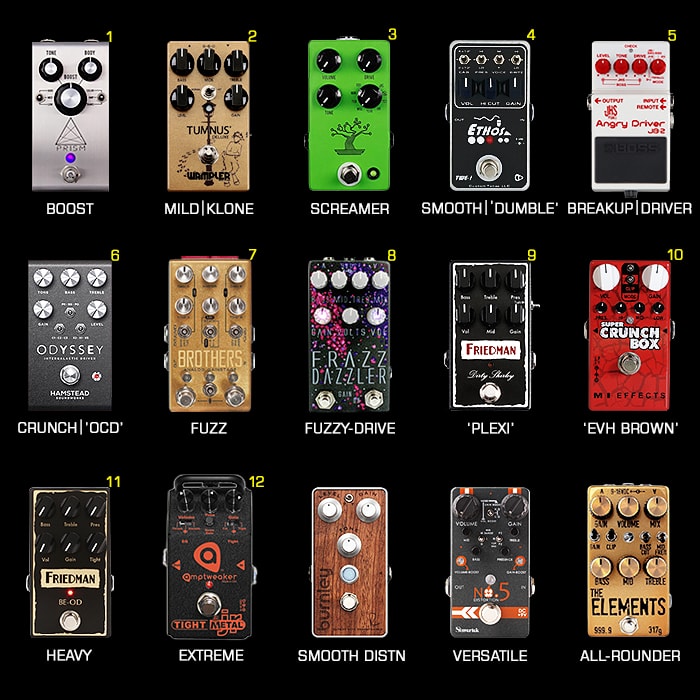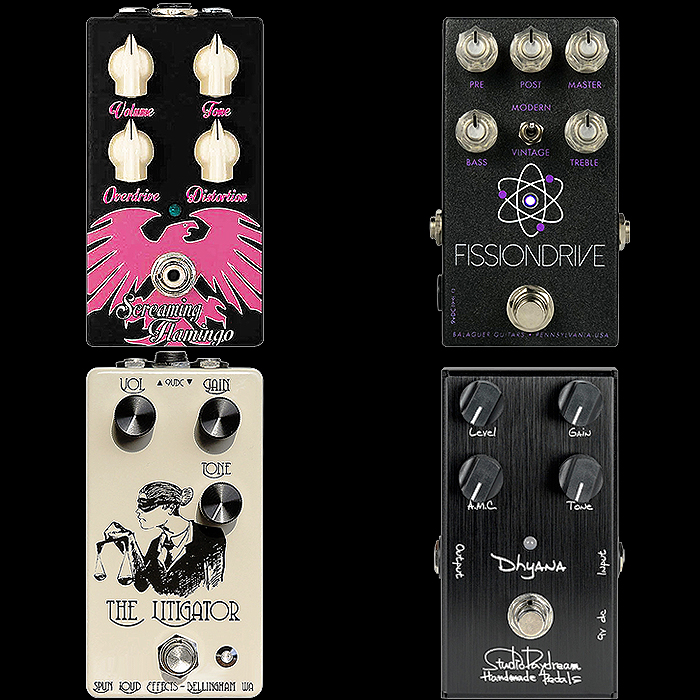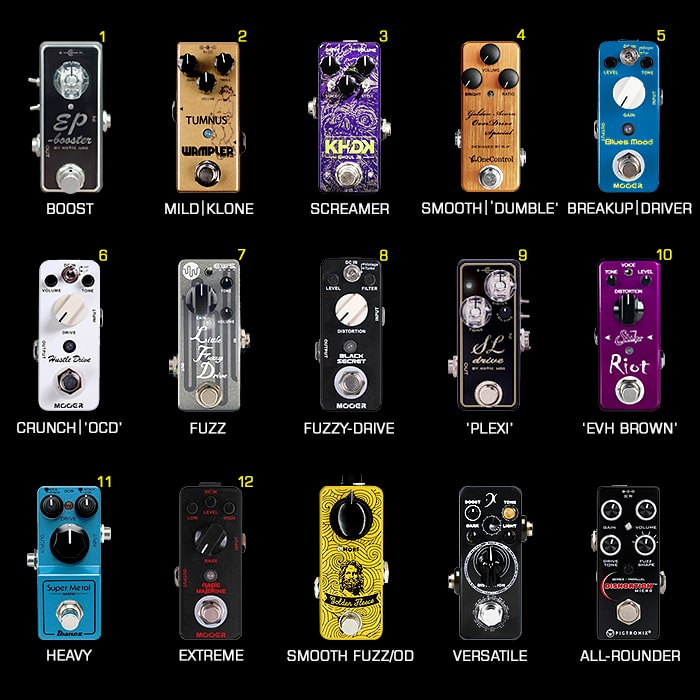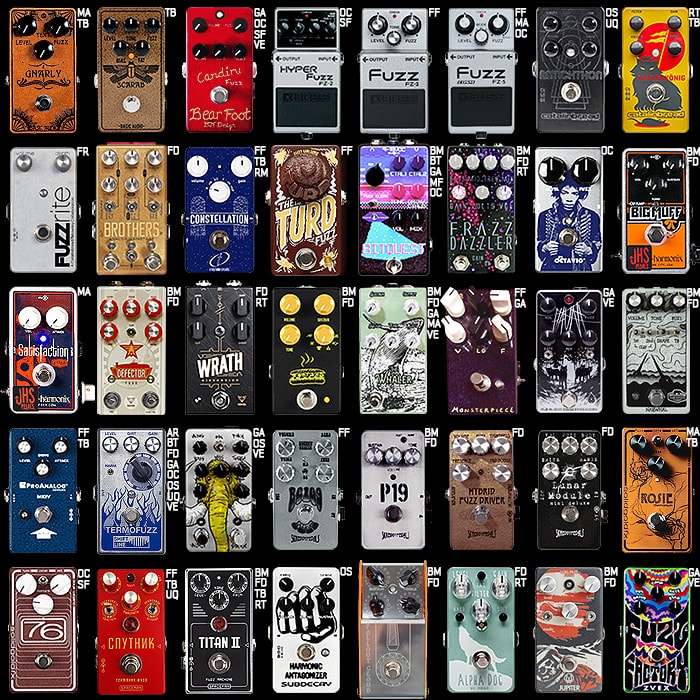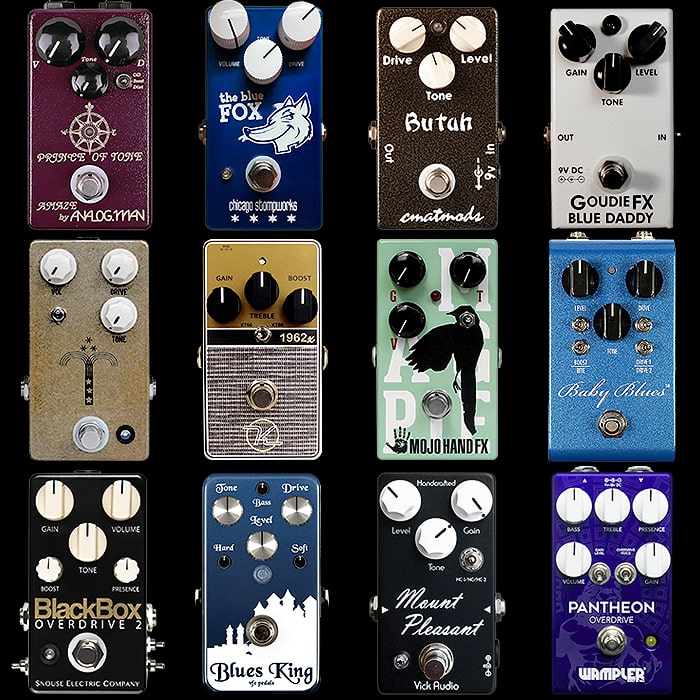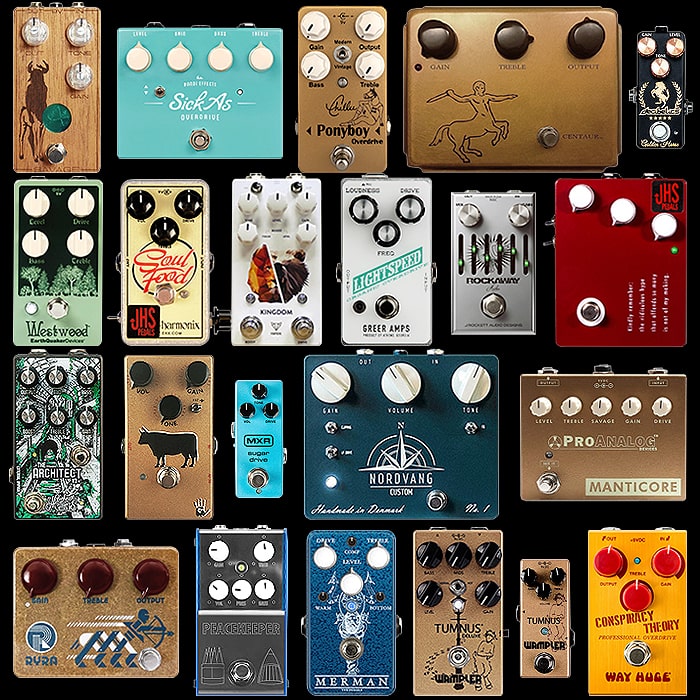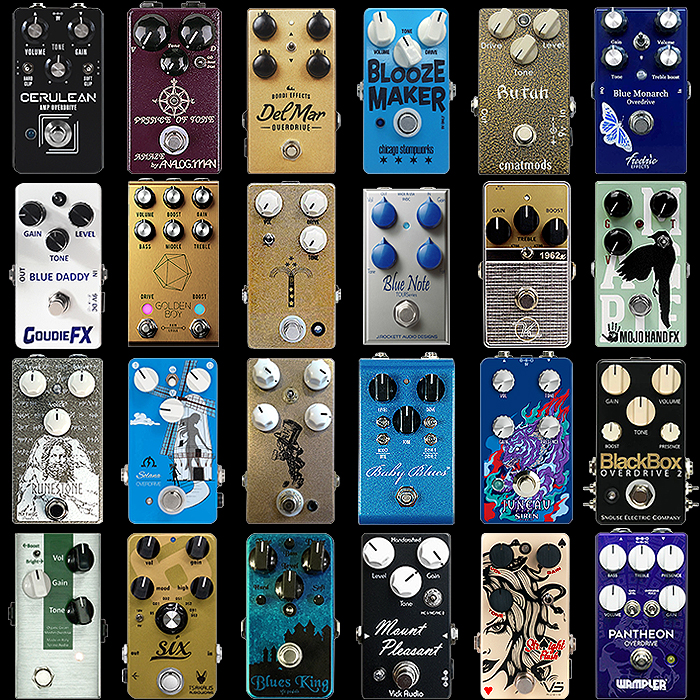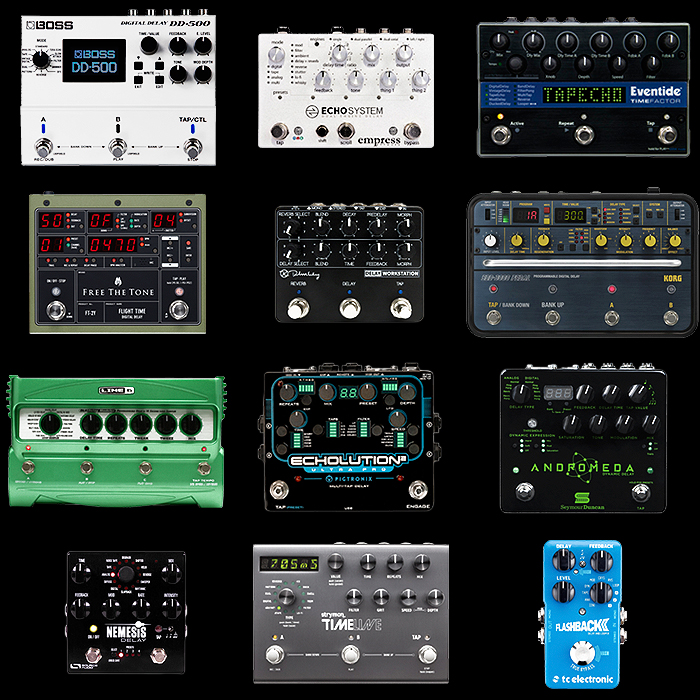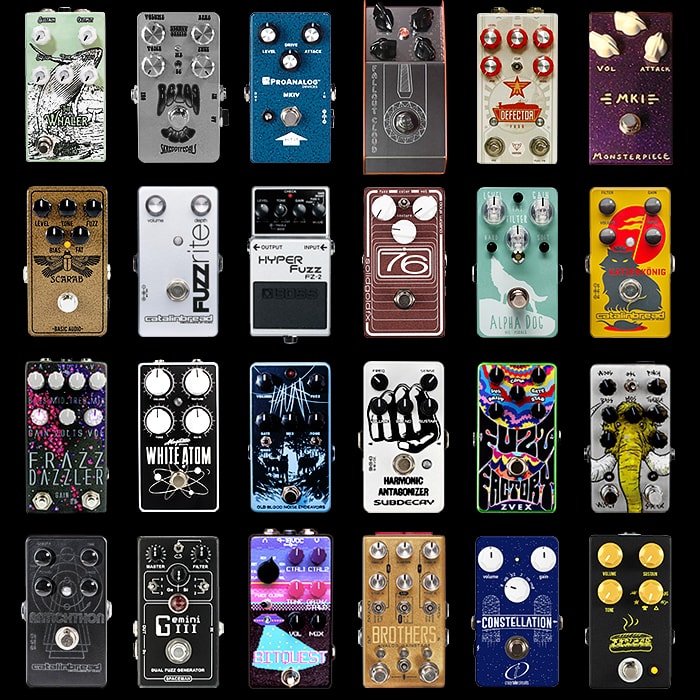4 Great Analogue Multi-Voice Fuzz and Overdrive Pedals

I have 3 of these already in my possession and the Crazy Tube Circuits Constellation en-route from Greece any day now. The first of these that I acquired was the Multi-Muff JHS Muffuletta, which gives you 5 classic voicings plus one new one. Next was the Subdecay Vector - whose ’Meltdown’ Fuzz voicing I am a particular fan of, but also provides 10 more really useful voicings - not that many of them challenge my chosen pedal for that degree of saturation - but there is a lot of utility and versatility here.
Most recently arrived is the new JHS Bonsai 9-voice Tube Screamer - where my favourite setting is the most rarified Exar OD1. As for the CTC Constellation I can really only go from the demos so far - and note that this is a positive-ground powered pedal - so isolated supply only.
In each of these pedals’ cases I already have typically several alternatives for that slot - and it’s a case of versatility versus fine-tunability. Meaning that for Multi-Voice pedals you get very simple tone controls. While for more dedicated pedals - say the Foxpedal Defector or ThorpyFX Fallout Cloud - you get much more tonal control and fine-tuning-ability - albeit within fewer voicings. That said the Defector itself also has a 3-way Voicing switch. So in each case you really have the choice of ultimate voicing versatility versus range within fewer voicings.
In each instances there are slightly different criteria at stake. I used to use the Muffuletta a whole lot - it was the main pedal for its slot for a good many months, but I currently favour the Defector and Fallout Cloud for Muff sounds, and also aim to get a Skreddy P19, among other Muff flavours I already have. The same sort of thing goes for each of the other pedals where I have distinctive singularly voices alternatives that I might prefer to the multi-voiced ones.
In any case I find all these pedals to be excellent within the greater context of tone-chasing and helping you figure out what you really like. The ability for instance with the Bonsai - to scan through 9 Tube Screamer flavours so quickly and effortlessly is without parallel. I always thought the 808 variety was my favourite, turns out it is a much less-well known Polish rarity called the Exar OD1 - which sounds glorious. All those voicings are great, and will help settle many an argument about TS9 vs TS808 etc.
Crazy Tube Circuits Constellation - €259 [6 Voices]
This pedal covers off most of the classic early fuzzes plus Rangemaster Treble Booster:
- Fuzz Face
- Vox Tone Bender
- Tone Bender I.5
- Tone Bender II
- Rangemaster Treble Booster
- Rangemaster Treble Booster + Fuzz Face
The major caveat here is the reverse polarity - centre positive rather than negative, meaning isolated power supply is required. This is supposedly based on vintage circuits so expect it to be somewhat temperamental vs buffers and pedal-chain placement. Otherwise you are getting a lot of Fuzz classics in one pedal.
JHS Bonsai Multi-Screamer - £219 [9 Voices]
My most recently arrived of the 4 pictured - this pedal is a history lesson in and of itself and an excellent gauge for the evolution of the Tube Screamer sound. All Voicings are perfectly usable on their own, and combine interestingly with other pedals downstream. There are no weak flavours here really - and some definite surprises around the dial. The TS7 and JHS Mod have the most oomph by some distance. but it is the Polish Exar OD1 flavour which is my preferred choice at the moment:
- Boss OD-1 (1977)
- Ibanez TS808 (1979)
- Ibanez TS9 (1982)
- Ibanez Metal Screamer (1985)
- Ibanez TS10 (1986)
- Exar OD1 (1989)
- Ibanez TS7 Hot Mode (1999)
- Ibanez Robert Keeley Mod Plus TS808 (2002)
- Ibanez Josh Scott Strong Mod TS9 (2009)
JHS Muffuletta Multi-Muff - £209 [6 Voices]
This was the first of these pedals I owned and for a good 6 months+ it was my main Fuzz pedal alongside the Dr Scientist Frazz Dazzler. I pretty much like all the flavours here, although I use the Pi Voicing the least, and the Civil War, Triangle and JHS the most. It's another great Fuzz history lesson and with this and the Constellation, you pretty much have most of the classics covered off:
- Civil War
- Modern Green / Black Russian
- 70's Pi
- Triangle
- Ram's Head
- JHS High Gain
Subdecay Vector Analog Preamp - £179 [11 Voices]
I came about this pedal in a roundabout fashion, but was much encouraged by John Bohlinger's above demo/review. It's kind of the opposite to most of my dirt pedals - where I like to see more extensive tonal controls and options. It's unlikely to replace any of my existing principal choices, but does a really neat trick within the confines of a compact pedal enclosure. I would say that apart from the Meltdown Fuzz, none of the flavours are particular richly harmonic or complex vs something like a Bogner Burnley, but they are all usable and you get quite an extensive range of tones and saturations - on my 12 degrees scale from a Tube Screamer to Hard Rock, but not really Metal - so numbers 3 - 10 on the scale. With the single shelf-type / taper tone control, there is not a huge variety of tones within each voicing either, but sufficient for tuning purposes. This pedal is largely its own thing and has its own flavours, is not as powerful or as rich-sounding as the much much bigger Elektron Analog Drive, but is sort of the same thing to a degree. Also, unlike the other 3 pedals featured I think this one is unlikely to become anyone's 'Principal' pedal for that particular stage of the 12 Degrees of Saturation:
- Drive 1 (Light Screamer)
- Drive 2 (Saturated Screamer, flatter EQ)
- Crunch (OCD Light)
- Vintage (Plexi-ish)
- Fuzz (Sort of Fuzzy Overdrive)
- Fuzz 2 (More distinctive Fuzz not quite but around Tone Bender)
- Meltdown Fuzz (Sort of Saturated Fuzz Face)
- 1980's (80's Rock / Slightly Scooped)
- 1990's (More Grunge, more Mids)
- Modern 1 (Heavy Rock really not quite Metal)
- Modern 2 (More Punchy Mids, still not quite Metal for me)
Final Thoughts
I feel that the first two will be more likely to be used as Principal Pedals on certain pedalboards, while the latter 2 have many more capable alternatives. I still see the Muffuletta crop up on a fair few boards, but I personally have Muff-style pedals that I prefer over this one - I would never get rid of it though.
I feel that the JHS Bonsai will go on to become one of this year's best selling pedals - it does everything you expect it too, and sounds great all-round. That said I will still be swapping it out occasionaly for my Foxpedal The City which also has a gloriously punchy Screamer tone.
I've yet to formulate a lasting opinion of the Constellation as I've not had it in my hands yet for a prolonged experience. It does need to be pretty stellar though to displace my current favourite multi-tasker Fuzz which is Shift Line's Termofuzz. I feel I'm really going to like the mmff setting on the Constellation though!
Just to touch on the Shift Line Termofuzz which I've not written about much - it has essentially 12 liquid modes within 5 key ranges - Fuzz-Overdrive | Octafuzz / Gated Fuzz | Oscillation and Glitch Fuzz | Fuzzstortion | Modern High Gain Distortion with Fuzz edge. It also has a smart Dirt control - which for my default current Fuzz sound is set all the way anti-clockwise, as is the mode dial - Level and Gain at circa 3 o'clock and generally Harmonics toggle set to max.

